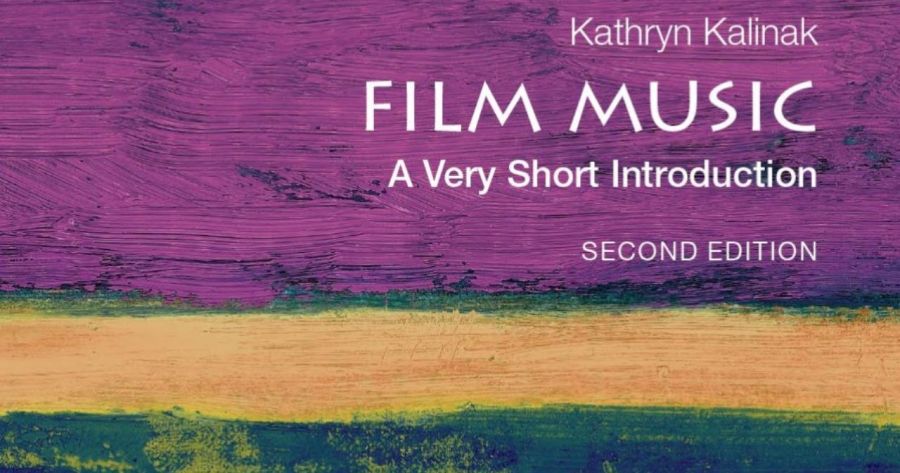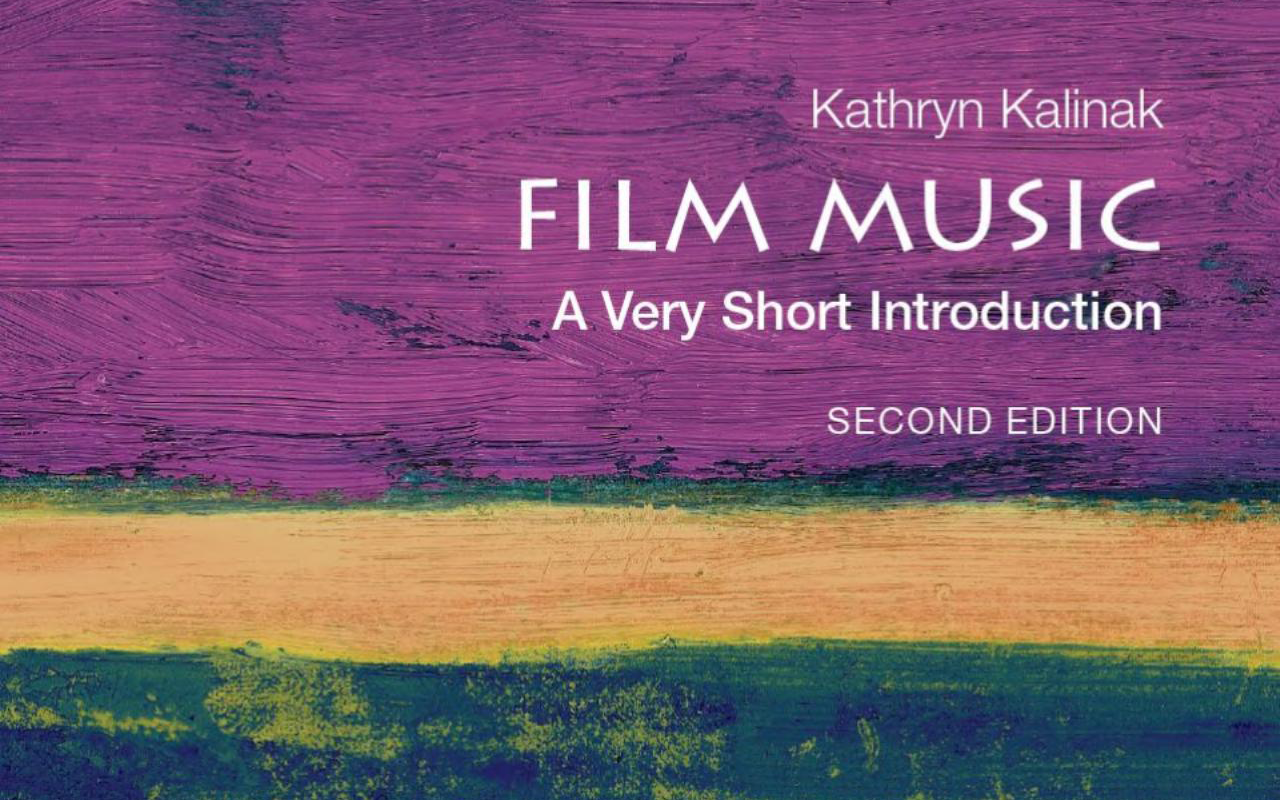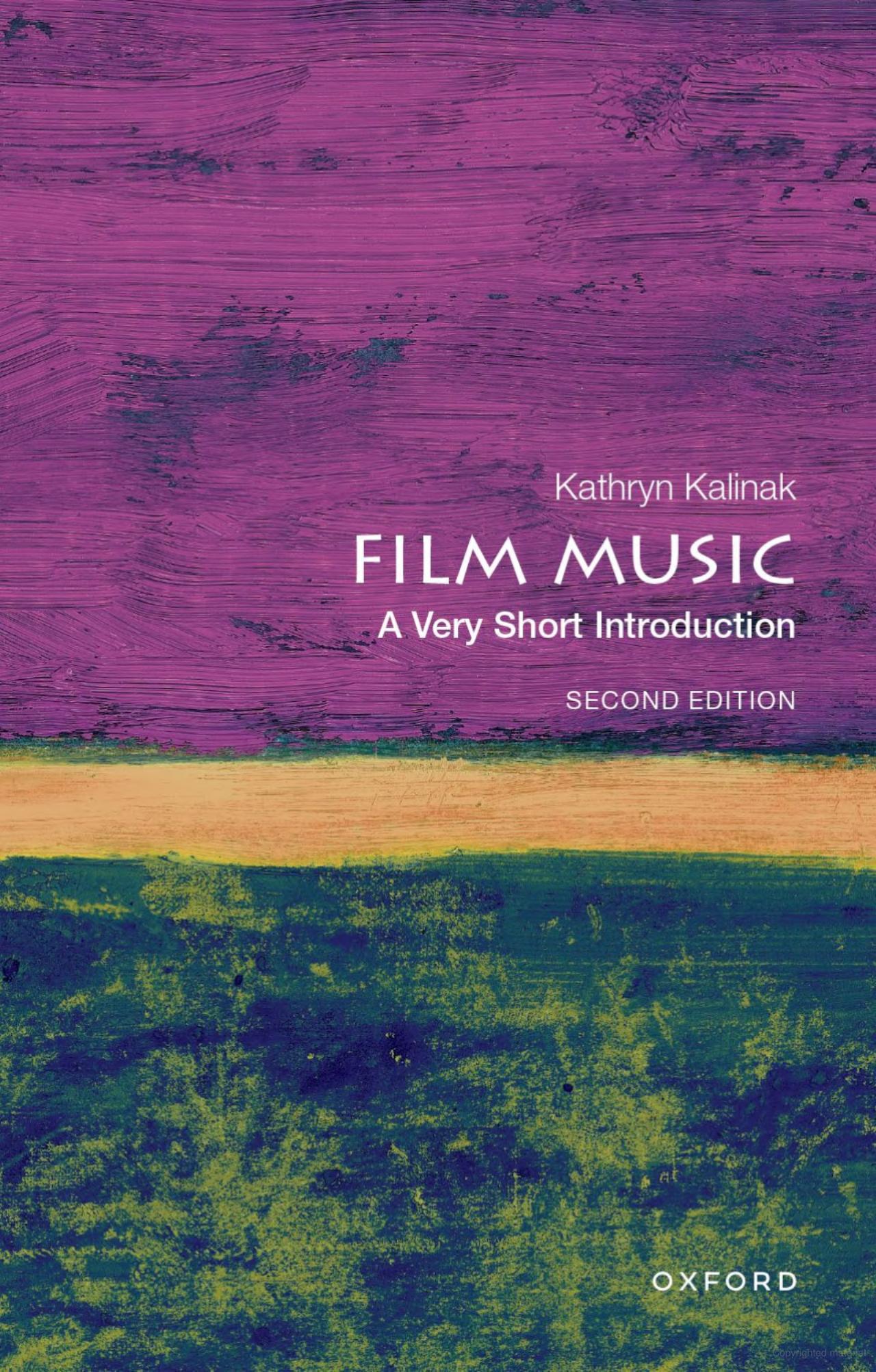
- Free Article: No
- Contents Category: Film
- Review Article: Yes
- Article Title: Immersion by stealth
- Article Subtitle: The sound of film
- Online Only: No
- Custom Highlight Text:
The second edition of Kathryn Kalinak’s modestly titled Film Music: A very short introduction arrives thirteen years after the publication of its predecessor, extending its chronology of film music from the inception of cinema in the late nineteenth century to 2022. What makes it unique is the global reach of its documentation of significant events and developments in film music history. This offers a broad coverage from countries and cultures other than Hollywood and the West, and illustrates how practices and ideals vary globally.
- Featured Image (400px * 250px):

- Alt Tag (Featured Image): Richard Leathem reviews ‘Film Music: A very short introduction, Second Edition’ by Kathryn Kalinak
- Book 1 Title: Film Music
- Book 1 Subtitle: A very short introduction, Second Edition
- Book 1 Biblio: Oxford University Press, US$12.99 pb, 163 pp
- Book 1 Cover Small (400 x 600):

- Book 1 Cover (800 x 1200):

As extensive as this chronology is, the most enlightening and fascinating sections of Kalinak’s book are the three chapters that precede it: What Does Film Music Do? How Does Film Music Work? And Why Does Film Music Work?
To address the first question, Kalinak offers the Guillermo del Toro fantasy romance The Shape of Water (2017) as an example, demonstrating how both pre-existing music used in the film and the original score by Alexandre Desplat perform a myriad of functions.
From this and other examples, we gain an understanding of how film music can establish a setting, a time, and a place, foreshadow plot development, bridge narrative gaps, provide insights into character psychology, guide our emotional responses, connect us to the images, and more. Much of the music’s impact is subconscious; Kalinak posits that the more under our radar it travels, the more effective it is.
The chapter on why film music works is the most ambitious and focuses on the most unrealised aspect tackled in the book. It highlights various theories on the subconscious effect of hearing music when we view a film. Does it pacify us and make us less critical of what we are watching? Does it lull us into a trance and encourage us to immerse ourselves in the film?
Kalinak stresses that this is not a specialised study of music, and no prior music training is required from the reader. Her analysis of musical properties such as tonal centres, tempo, rhythm, harmonies, melodies, and the different types of scales used in various cultures (pentatonic versus octatonic, for example) are presented concisely and coherently. From these brief explanations we learn forms of musical shorthand that evoke certain emotions or expectations, and how this vocabulary differs greatly from one culture to another.
These three instructive chapters provide the reader with an appreciation of why film music has become such an intrinsic part of the art of filmmaking and its burgeoning popularity. It also adds context to the drier component of the book, the chronology of film music, which is broken down into three periods, the first starting in 1895, the second in 1927, and the final chapter from 1970 to 2022.
The decision to add breadth to the chronology by including under-represented regions and cultures is an admirable one, and sets Kalinak’s study of the history of film music apart from its Hollywood-centric counterparts. The inception of film music coincided with the origins of cinema itself, with the use of music accompaniment at some of the first recorded screenings. She details not just the familiar pioneering events in France and the United States, but also significant early practices in India, China, the Middle East, and South America.
The development of sound film is an obvious point to begin the second chapter of Kalinak’s chronology. The final chapter begins in 1970, at a time when the Hollywood studio system was transforming dramatically, and film production and viewing became more global. This again allows Kalinak to broaden her focus on regions and cultures that seldom receive appraisal for their film music, such as indigenous music employed by Brazilian, Cuban, and Arab filmmakers.
In addition to the documenting of film music history, there is also a final section on screen composers and their craft. Highlighted here are the divergent processes that can be adopted for composing an original film score.
The French composer Gabriel Yared, for example, insists on reading a script before he takes on a score and on occasions has completed the score before shooting begins, allowing the music to be used on set. Other composers, such as Danny Elfman, like to visit a set for inspiration. Animation is unique in that the composition usually comes first and the animation is edited to the music. By contrast, in India a composer traditionally ‘spots’ a film, viewing the film and marking where music should be written and inserted.
Featured too are anecdotes of colourful collaborations between film directors and composers, and legendary tales of scores that were totally discarded.
There is also recognition of the work done by other key figures in the music department. For example, a music supervisor, or music consultant, is an increasingly important role in contemporary cinema. A music supervisor selects the pre-existing songs and music that feature in a film, and while a director may have a clear idea of what music they want used, a music supervisor deals with such practical things as budget restrictions, to compile the most impactful soundtrack possible.
Consistent with Kalinak’s theme of inclusion, this final chapter concludes with a focus on composers of colour and women composers. It is a depressingly brief list, given the enormous number of composers that have written for the screen for over a century. Despite this, Kalinak ends this summary on an optimistic note, citing that diversity in contemporary screen composers is growing.
With the prospect of this encouraging trend continuing, we may expect Kalinak to report on the progress that has been made when the third, and (one hopes) not so very short, edition of her introduction to film music is published.


Comments powered by CComment